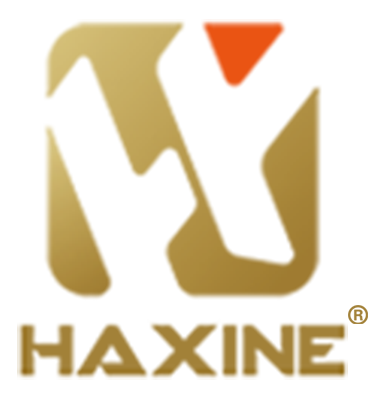The Impact of Curvature on Cable Placement, Tensioning Systems, and Attachment Points
Curved staircases possess a captivating allure, offering a unique architectural element to any space. Incorporating cable railing on such staircases requires careful consideration of how the curvature affects cable placement, tensioning systems, and attachment points.
Understanding Curvature’s Influence:
Curvature significantly influences the design and functionality of cable railing on curved staircases. Unlike straight staircases, curved staircases present varying angles, slopes, and radii that necessitate a meticulous approach to cable placement. The curvature introduces complexities that require designers to adapt their strategies accordingly.
Cable Placement along the Curvature:
The placement of cables on curved staircases is influenced by the changing angles and radii of the staircase. Designers must carefully assess the curvature to determine the appropriate spacing and trajectory of the cables. This ensures not only a visually pleasing arrangement but also a structurally sound installation. Balancing aesthetic appeal and adherence to safety regulations is crucial in this regard.

Tensioning Systems and Curvature:
Tensioning systems play a vital role in maintaining the proper tension and stability of cable railing. Tensioning becomes more intricate when dealing with curved staircases due to the varying distances between attachment points and changing angles along the curve. Designers must select tensioning systems that can adapt to the curvature, allowing for consistent tension throughout the cable railing system.
Attachment Points on Curved Surfaces:
Curved staircases present a challenge when it comes to identifying suitable attachment points for the cable railing. Unlike straight staircases with flat surfaces, curved staircases may lack convenient and easily accessible areas for attaching posts and anchor points. Designers must carefully analyze the structure of the curved staircase to determine optimal attachment points that ensure stability, structural integrity, and compliance with safety standards.
Structural Considerations and Load-Bearing Capacity:
The curvature of the staircase impacts the load-bearing capacity of the cable railing system. Designers must take into account the varying forces exerted on the cables due to the changing angles and slopes. Proper structural analysis is crucial to ensure that the railing can withstand the anticipated loads and maintain its stability over time.
Compliance with Building Codes:
Adhering to building codes and regulations is of utmost importance when designing cable railings on curved staircases. Designers must ensure that the railing system meets the required height, spacing, and load-bearing specifications. Local codes may have specific curved staircase provisions that must be thoroughly understood and followed to ensure compliance and safety.
Collaboration with Experts:
Given the complexities involved, collaborating with professionals such as architects, engineers, and experienced railing installers is highly recommended. Their expertise and experience can provide invaluable insights and guidance throughout the design and installation process. By working together, designers can overcome challenges related to curvature and achieve a successful cable railing system on curved staircases.
Incorporating cable railing on curved staircases presents unique challenges related to cable placement, tensioning systems, and attachment points. Designers must navigate the intricacies of the curvature to create a visually pleasing and structurally sound railing system. By understanding how the curvature impacts these essential aspects, collaborating with experts, and adhering to building codes, designers can overcome challenges and achieve a stunning cable railing installation that enhances curved staircases’ aesthetic appeal and safety.

 +86 159 6420 9667
+86 159 6420 9667  sales@haxrailing.com
sales@haxrailing.com 



